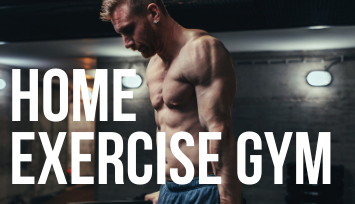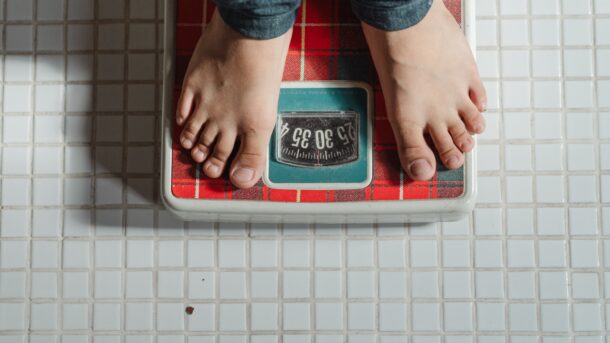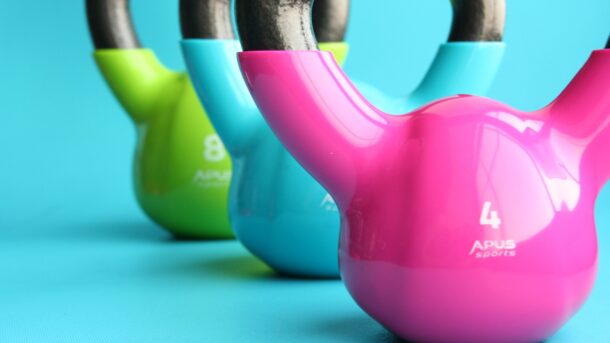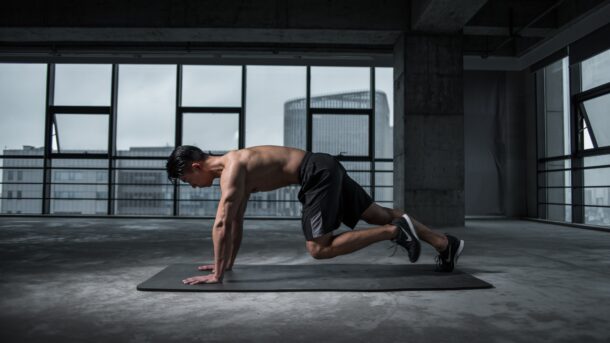Curious on how we can calculate BMI (body mass index) with height and weight, as well as what it’s useful for? Body Mass Index (BMI) is a measurement which uses a person’s height and weight in order to determine the amount of body fat the person has. The idea is that a taller person that is heavier will have less body fat than a shorter person who is heavier.
Limitations of Using BMI – and How Can We Calculate BMI (body mass index) with Height and Weight
One of the most widely-known limitations of body mass index is that it does not take body composition into account. Suppose you have two people, one of them is named Jake and the other person is Ryan. Jake and Ryan are both 5 Feet, 8 Inches tall. However, Jake is heavier (at 190 pounds) than Ryan (at 170 pounds) although both have the same 30 inch waist size and height.
The reason behind Jake’s heavier body weight is that he has a different body composition from Ryan with more lean muscle mass. Ryan’s BMI would be 24.9, while Jake’s BMI would be at nearly 29. BMI measurements would classify Ryan as being of a normal body weight, while Jake would be considered Overweight. However, the reality is that Jake has more muscle mass than Ryan which is not accounted for in BMI.
Furthermore, BMI does not adjust for other factors that create explainable differences between body weight and height. Age and Gender are often common contributing factors as to why two people of the same height and even similar body composition would have different BMI indexes based on weight.
How To Calculate BMI (body mass index) with height and weight
BMI Is relatively easy to calculate with a simple formula. If you’re in the US and you are measuring in inches and pounds, do the following:
- Multiply your weight in pounds by 703. If you weigh 170 pounds, 170 x 703 = 119510
- Using your height in inches (remember, 1 foot is 12 inches), find the square of this number by multiplying it by itself. If you are 5 feet, 8 inches tall, you would use the number 68 and multiply it by itself = 68 x 68 = 4624
- Divide the first number by the second, and you will get the number 25.84
Here’s how to interpret your BMI:
- Less than 18.5 is considered underweight
- 18.5 to 24.9 is normal weight
- Overweight is 25 to 29.9
- Obese is anything over 29.9
What Can It Be Used For?
BMI can be a great measurement which allows you to more accurately determine whether or not you’re overweight or obese. It’s not an entirely accurate measurement of your level of health and overall fitness, but it’s a great starting point. You may want to assess your BMI in combination with your body fat level to make a more accurate determination as to whether or not you’re at a healthy body weight.
Conclusion
Don’t rely on BMI by itself to determine whether or not you’re overweight. Use it in combination with self-assessments of your own health.








Recent Comments